I have really struggled with how to present this piece, the wrapping up, for now, of my address toward the “rigorous skeptic.” This is my third rewrite. The first, the end of what I originally wrote the first night, seemed to stray from the point and lose coherence when I read it in the morning. The second addressed the roots of “rigorous skepticism” and sounded rather too preachy. Here I’m going to drop any pretense and be as frank as I can.
The fact is, every thinking person has a Rigorous Skeptic who lives inside. Just because one has faith in realities one cannot see and cannot objectively prove doesn’t mean one has abandoned all reason. But one must be careful that Skepticism is not merely Agnosticism in disguise. Questioning and testing every truth is healthy and beneficial. Resigning oneself to the conclusion that truth is unknowable precludes any possibility of faith or belief; it is in effect a refusal to believe. Faith is a gift from God; but one can’t receive that gift if one closes one’s mind and bars the door.
Here I’m going to bare the inner workings of my mind and let my own Rigorous Skeptic express himself for a little while. I’ll present it as a dialogue: a sample of the dialogue that goes on in my head every day of my life. I’ll have to restrain him for now, or else this post would be interminable. But this I offer as evidence that one can believe and still be a Rigorous Skeptic, as long as one is open to the possibilities of faith.
Acceptor: I believe because of the witness of the New Testament: The extant documents that we have — the Pauline epistles that are universally accepted as genuine, dateable to within two or three decades of the lifetime of Jesus, and the Gospels, which are dateable to no more than four or five. These give witness to the very early belief in Jesus as the risen Messiah, too early for such beliefs to have formed by a process of accretion and of the veneration of a mere man getting out of hand.
Detractor: Unless they were deliberately fabricated.
Acceptor: To what end? What would be in such deception for anyone to gain? Surely there was no monetary gain in misleading Jesus’s earliest followers, or popular or political power — only persecution and death.
Detractor: The followers of Jesus needed him to be their Messiah, to save the Jews and overthrow their Roman oppressors.
Acceptor: Then why not present him as such? The Gospels do not present Jesus as a political or military revolutionary. Jesus had failed to be the Messiah the Jews were looking for: the Jews rejected him, and gave him over to be crucified.
Detractor: At least according to the Gospels. They present that it was the Roman authorities who crucified him: Doesn’t it make more sense for them to have executed him as a troublemaker and rabblerouser, who threatened to incite an uprising?
Acceptor: But the historical fact remains that the Jews did not accept him. And even if many had, they abandoned his cause in dejection when he died.
Detractor: Thus the resurrection. His closest followers “resurrected” him in order to continue what Jesus started.
Acceptor: Again: Why not present him as a political revolutionary, were that the case? Not even the Gospel of Mark, dated to ca. A.D. 70 if not earlier (the date of 70 hinges only on the argument that Jesus could not have foretold the destruction of the Jewish Temple in 70 [Mark 13:2]), presents Jesus as that kind of leader. In fact, there is not even a trace of that. He is presented, even from that early date, as a religious teacher and a “suffering Messiah” with clear deific claims, with the seeds of Christian theology firmly planted and evident. The Gospels present him as the fulfillment of Old Testament prophecy.
Detractor: Perhaps, then, the motive was to overthrow the ruling religious elites, the Pharisees and Sadducees and “teachers of the Law.” And as for prophecy: Clearly the authors of the Gospels shaped the “facts” of Jesus’s life in order to appear to fulfill the prophecies.
Acceptor: Jesus failed to be a religious revolutionary also, at least in the near sense of overthrowing the Jewish religious elites. The Jews on the large had rejected Jesus. It would have been of no profit to the earliest Christians to present a risen Messiah if they did not in fact believe him risen; to offer a savior from Roman oppressors who had already crushed the Jews (if in fact the date of 70 for Mark is correct) or to subvert a Judaic temple system that had already fallen. The earliest Christians believed that the risen Christ offered a different kind of salvation, one that extended beyond the Jews (e.g. Mark 6:26–29, 13:10,27).
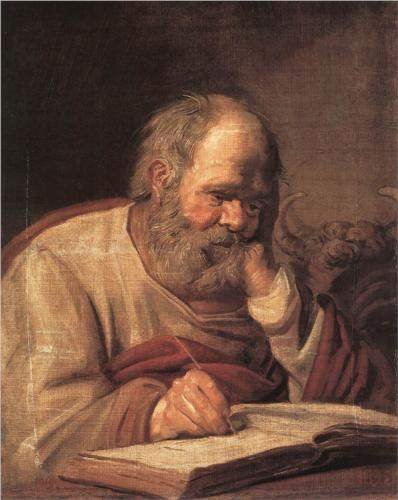
St. Luke (c. 1625), by Frans Hals. (WikiPaintings.org)
And as for prophecy: The authors of the Gospels must have been brilliant men to have fabricated such an elaborate and thoroughgoing “fulfillment” of the Old Testament: to present a foretold Messiah who not only quoted the Old Testament Scriptures but lived them; who fulfilled not just a handful or even a dozen prophecies, but hundreds of Scriptures that had not even been traditionally viewed as Messianic prophecy — and not in a forced and clumsy fashion, but in beautiful symmetry from the deepest marrow of the Judaic religion to the trappings of the Jewish monarchy — in a way that satisfied both but subverted neither. If fabricated, it is a masterwork of fiction, written not by single mastermind, but harmonized through the writings of half a dozen different authors — all of whom were engaged in active and deliberate deception, and nearly all of whom went to martyrs’ deaths for that deception, with no evidence that any of them recanted.
Detractor: Perhaps it was not the earliest Christians who constructed such a fabrication, but later editors who altered the primary sources of the New Testament to create this “harmonized” image.
Acceptor: But there is no evidence that this is the case. The manuscript tradition of the New Testament, with papyri dating possibly to the first century and to mere decades after the authorship of the documents, shows no evidence of extensive tampering or emendation. The thousands of textual variants throughout the manuscripts do not call into question a single, major, doctrinal or christological claim of the Christian religion. It appears that we have texts that are reasonably close to the autographs of each New Testament book, and that these texts are substantially unchanged from what existed at the end of the first century.
Detractor: But the canon of the New Testament — certainly what we have is only the documents that later “orthodox” Christians found supported their position.
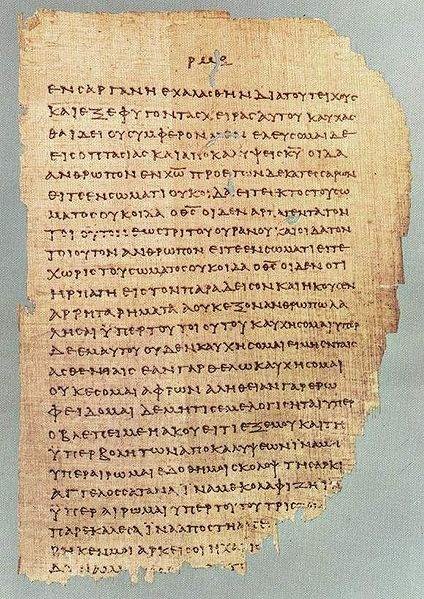
Papyrus 46, one of the oldest extant New Testament manuscripts, dated to ca. 175-225, and containing most of the Pauline epistles. (Wikipedia)
Detractor: But there is little evidence of other early documents that were rejected, either in manuscripts or in quotations in early patristic authors, or any others that were suppressed, as this thesis argues. The earliest extant authors beyond the New Testament, such as Clement of Rome (ca. 97), Ignatius of Antioch (ca. 108), Irenaeus of Lyon (ca. 180), to name a few, express full agreement with what became the established New Testament, quoting from the now-canonical documents extensively, with little evidence or mention of other documents that have been lost or suppressed — only a few, surviving quotations from which support the same canonical unity. There was a general consensus regarding the authority of most of the now-canonical New Testament documents by the middle of the second century (see the Muratorian fragment, ca. 170). The early patristic authors, especially Clement and Ignatius, describe a Christian Church with remarkable unity both in doctrine and polity among many groups of Christians. Clement, a leader in the Church at Rome, wrote to advise and admonish the Church at Corinth. Ignatius wrote letters in exhortation to churches across Syria and Asia Minor and even to Rome. Irenaeus wrote to reject the arguments of Gnostic religions, invoking as authority the same unity and agreement that existed among “orthodox” churches that can be seen in the earlier writers. These documents present a Church firmly structured and organized by orders of bishops and priests and deacons, attested in the New Testament and plainly established in the time of these early extrabiblical writers.
Detractor: That appears, admittedly, to be a strong case for the historical adequacy of the Church’s claims. I have nothing more — for now.

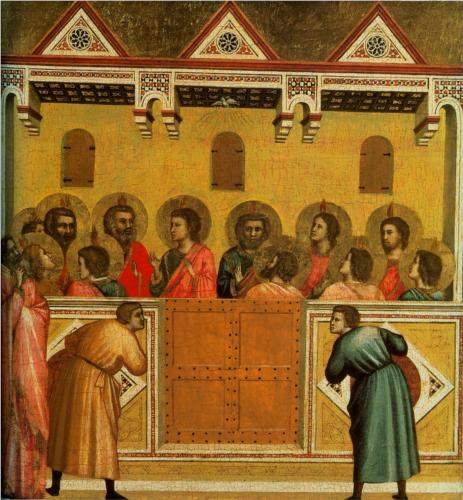
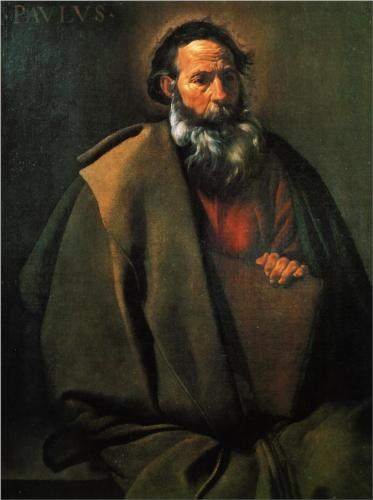
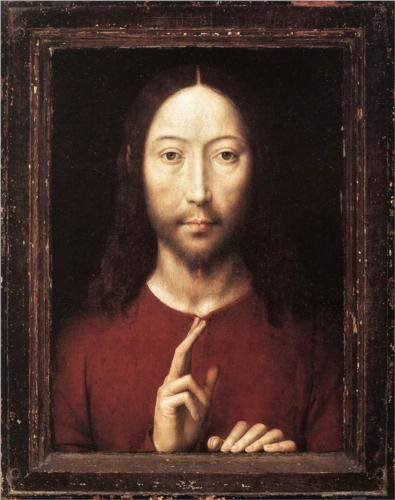
Very good Joseph – have a wonderful Christmas 🙂 xx
Thank you. Merry Christmas, Jessica, to you and all of yours.
Merry Christmas Joe!
Merry Christmas to you, too, Noel.